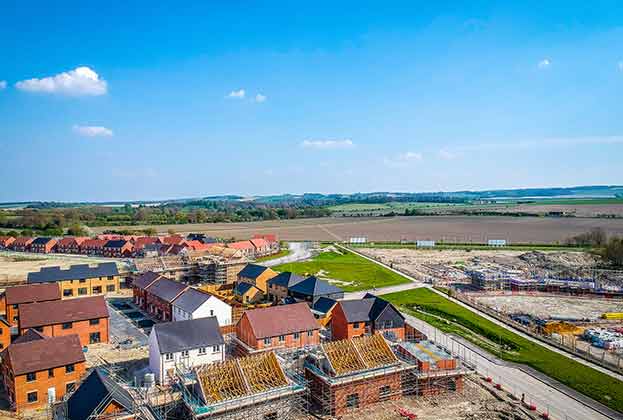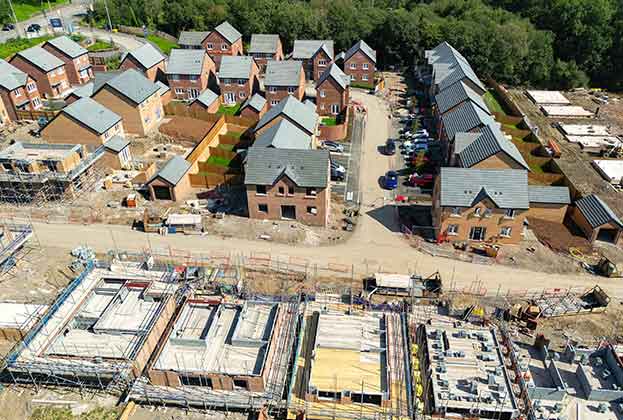It was a year in the making and there are potential changes still to come, but the new National Planning Policy Framework (NPPF) announced by Secretary of State Michael Gove has certainly given everyone in the world of planning some food for thought.
One of the more eye-catching revisions was in respect to alterations of the Green Belt through the preparation of Local Plans. Such changes have significant implications for Green Belt authorities.
We have already seen a number of authorities make modest adjustments to their Green Belt through adoption of new Local Plans. Many more are looking to make further alterations in 2024.
Such changes have been driven by a necessity to meet their communities’ development – and in particular housing – needs.
Recent examples include Brentwood and Epping Forest in Essex, where examining inspectors agreed the inability to meet housing needs without impinging on the Green Belt was an ‘exceptional circumstance’ that justified allocating small areas of Green Belt for development.
Releasing Green Belt
Many authorities are looking to progress Local Plans in 2024, including those that have identified a need to make limited alterations to their Green Belt in order to provide sufficient homes.
It is no secret that apprehension has been expressed regarding the release of Green Belt for such purposes. Seemingly in an attempt to placate such concerns, the revised NPPF says that once established there is no requirement for Green Belt boundaries to be reviewed or changed when Local Plans are being prepared or updated.
However, it is also important to note what has not changed. The revised NPPF continues to state authorities may review and alter Green Belt boundaries where exceptional circumstances are fully evidenced and justified, and such changes should be made only through the plan-making process. Perhaps more importantly, it also still requires authorities to meet their development needs in full, with this being one of the requirements of a sound Local Plan.
Green Belt authorities will doubtless (and sensibly) continue to explore opportunities to redevelop brownfield land (which can of course include Green Belt) and areas within existing settlements. But such land is inherently limited, and work already undertaken by a number of Green Belt authorities has confirmed the inability to meet housing needs without alterations to Green Belt boundaries.
There are 24 local planning authorities in England with more than 70% Green Belt – the majority of these in the South East and East of England. Savills latest research shows only 33% of these are meeting their five year housing targets.
Holistic approach
Some commentators have suggested that, technically, the revised NPPF changes nothing. If development needs are shown to be capable of being met only through revisions to the Green Belt boundary, then the Local Plan will have to release the necessary land for development.
The reality is unlikely to be so simple. Altering the Green Belt through plan-making was already a highly contentious matter, and those opposed to such release will – not unreasonably – now point to the line in the NPPF which expressly states that such changes are not required. Plan-makers, however, will need to take a holistic view of the NPPF and its focus on meeting development, and in particular housing, needs.
The Housing Delivery Test measurement, released on the same day as the revised NPPF, underlined the challenge faced. It shows that areas of the UK where development is restricted by Green Belt have some of the worst housing delivery records in the country.
Those at the coalface of plan-making – tasked to ensure up-to-date Local Plans achieve sustainable development for their communities – will therefore need to continue to demonstrate to decision-makers (and the wider public) that alterations to the Green Belt are still necessary. An already difficult challenge may well have got that little bit harder.
Further information
Contact Sam Hollingworth




.jpg)


.jpg)

.jpg)
